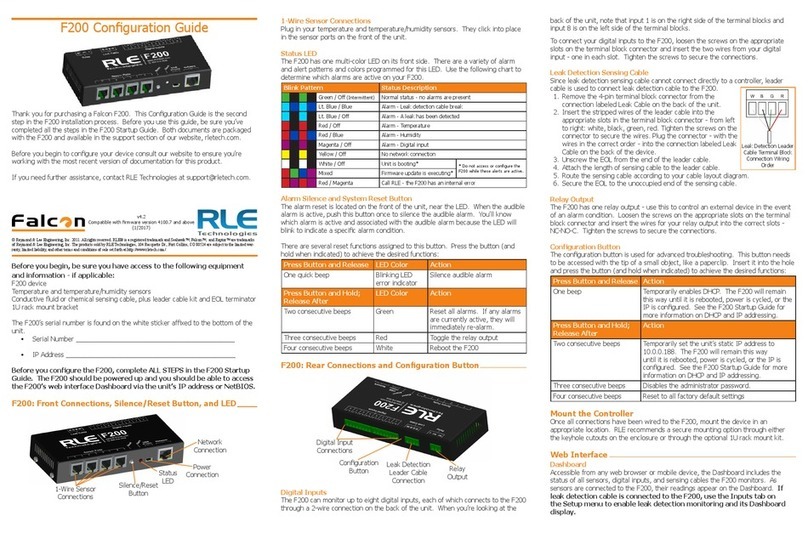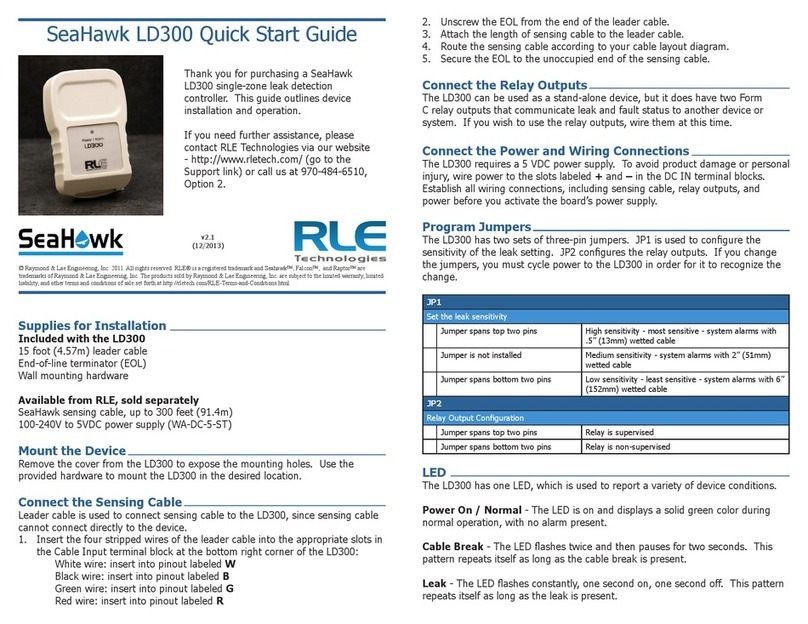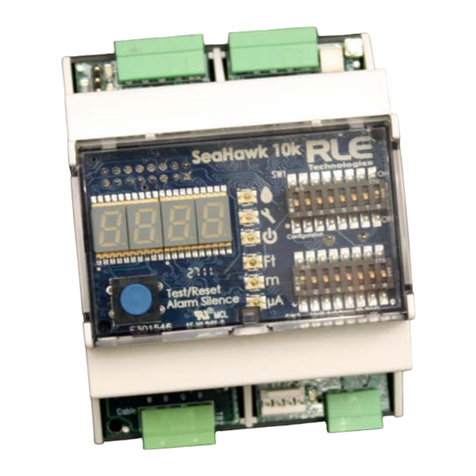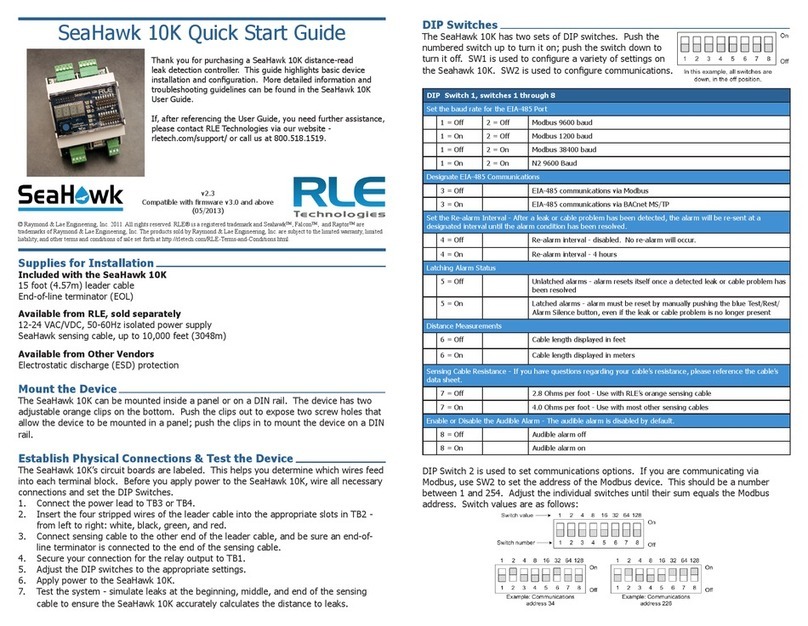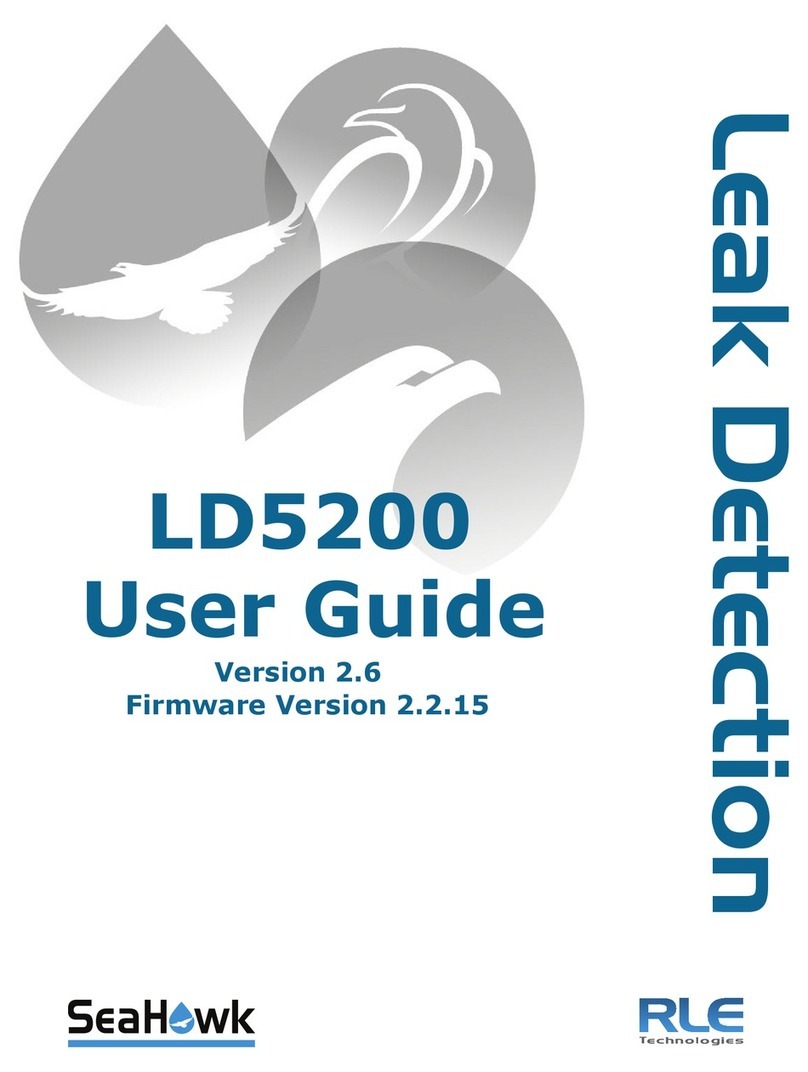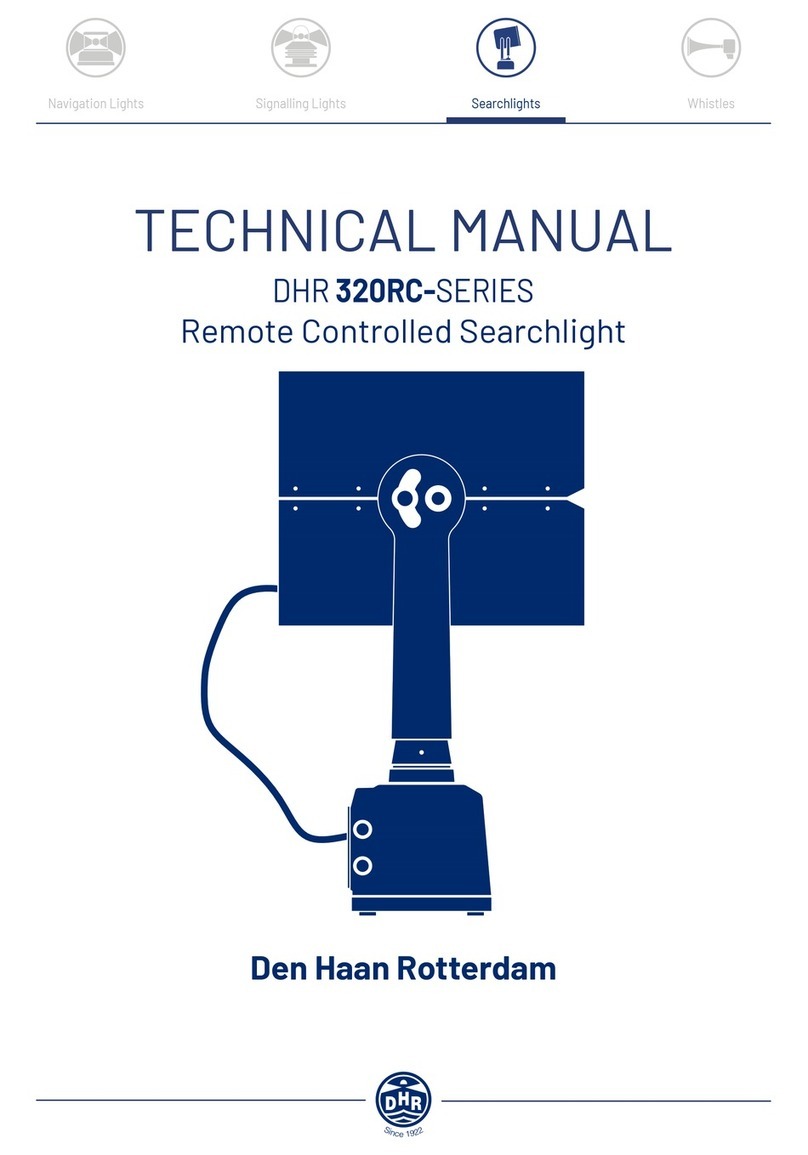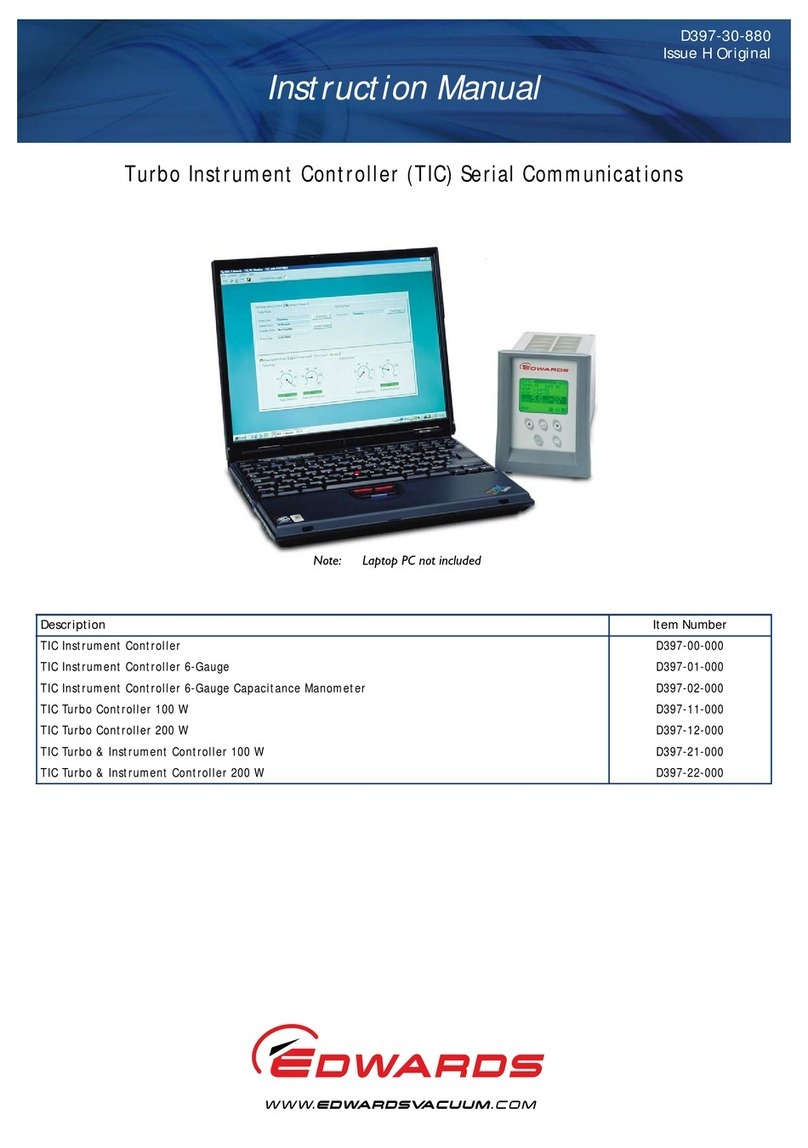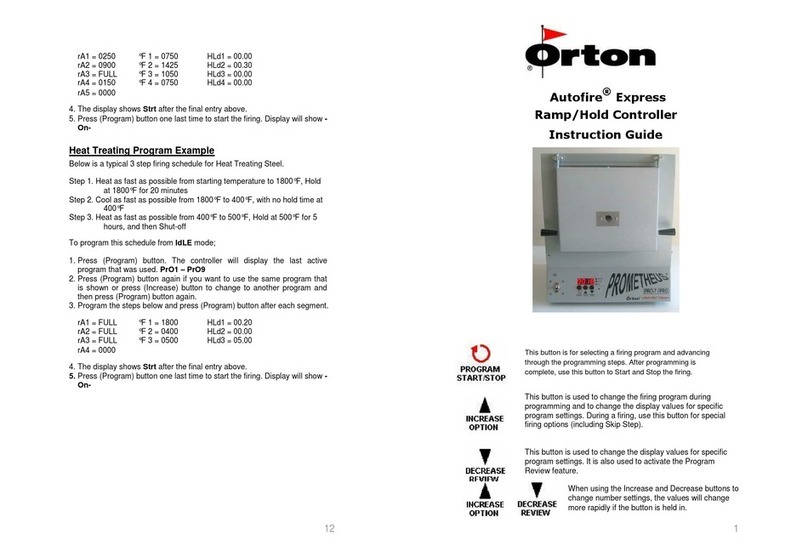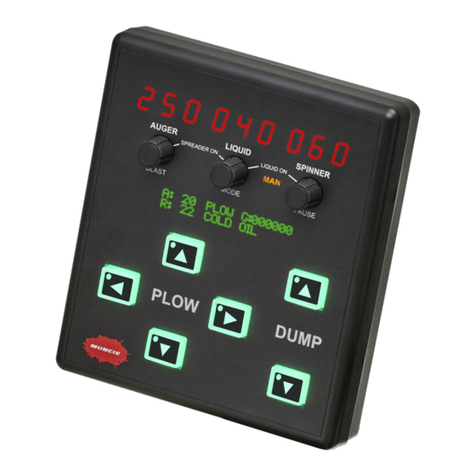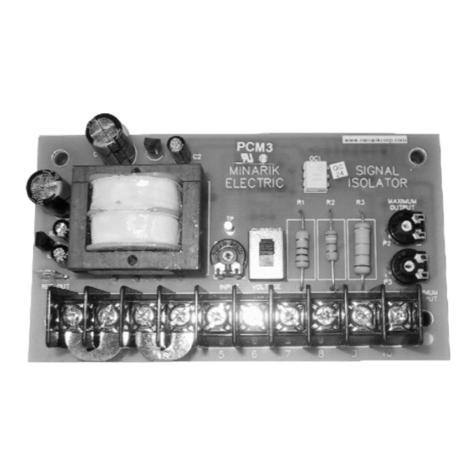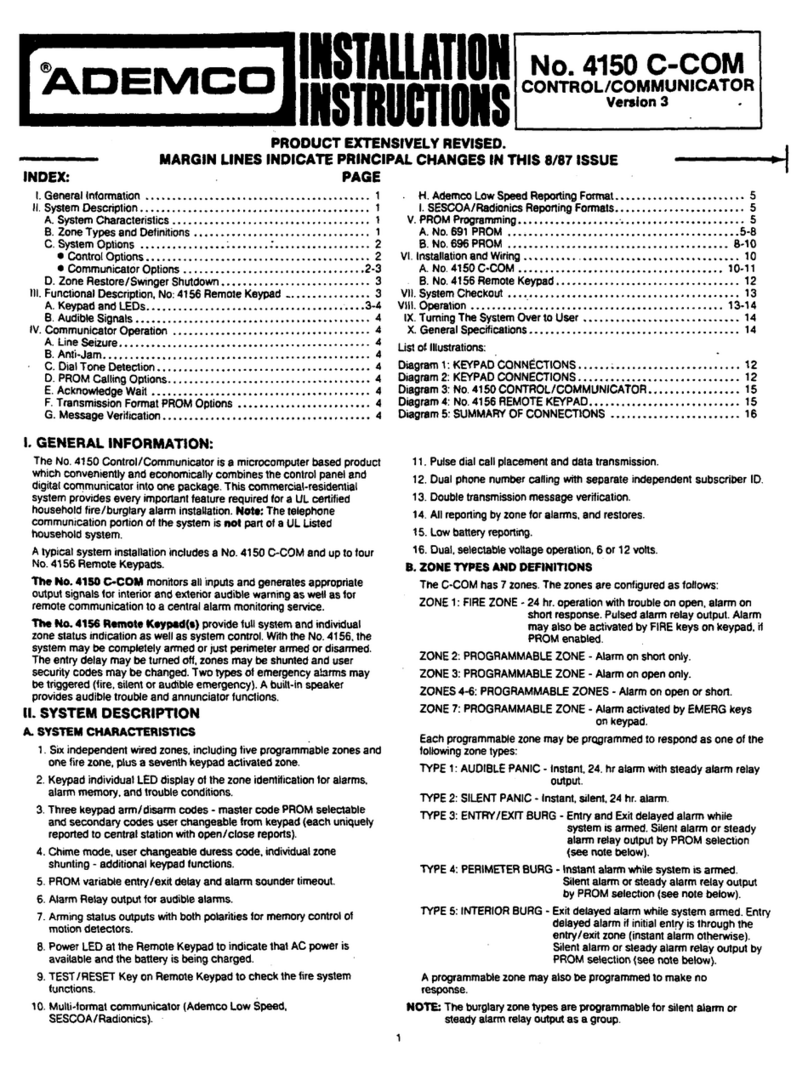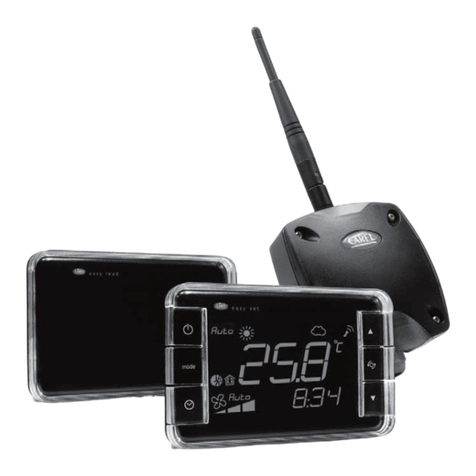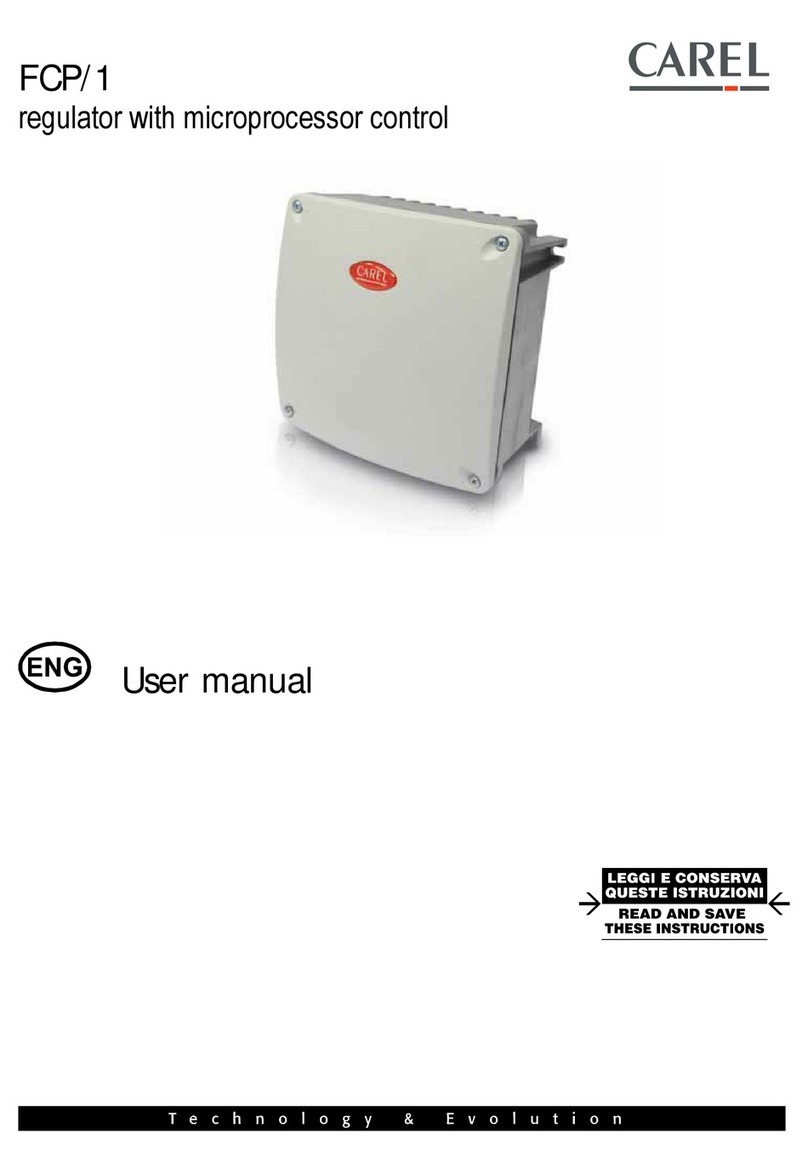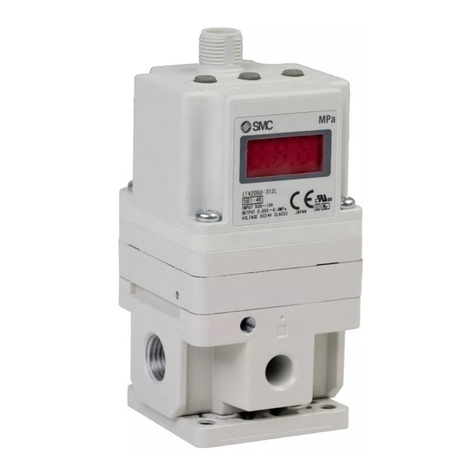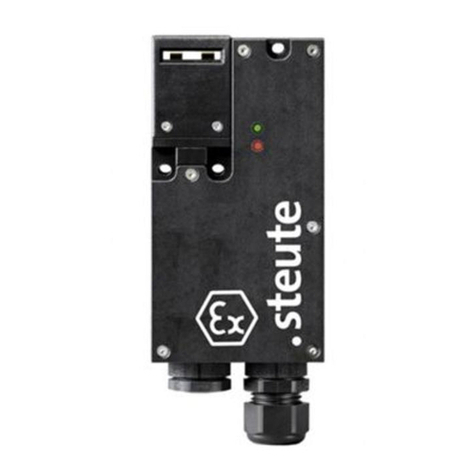© Raymond & Lae Engineering, Inc. 2011. All rights reserved. RLE® is a registered trademark and Seahawk™, Falcon™, and Raptor™ are trade-
marks of Raymond & Lae Engineering, Inc. The products sold by RLE Technologies, 104 Racquette Dr., Fort Collins, CO 80524 are subject to the
limited warranty, limited liability, and other terms and conditions of sale set forth at http://www.rletech.com/.
Supplies for Installation
Included with the LD310
15 foot (4.57m) leader cable
End-of-line terminator (EOL)
Wall mounting hardware
Available from RLE, sold separately
SeaHawk sensing cable, up to 300 feet (91.4m)
Isolated RLE power supply (WA-DC-5-ST)
Mount the Device
Remove the cover from the LD310 to expose the mounting holes. Use the
provided hardware to mount the LD310 in the desired location.
Connect the Sensing Cable
Leader cable is used to connect sensing cable to the LD310, since sensing cable
cannot connect directly to the device.
1. Insert the four stripped wires of the leader cable into the appropriate slots in
the Cable Input terminal block at the bottom right corner of the LD310:
White wire: insert into pinout labeled W
Black wire: insert into pinout labeled B
Green wire: insert into pinout labeled G
Red wire: insert into pinout labeled R
2. Unscrew the EOL from the end of the leader cable.
3. Attach the length of sensing cable to the leader cable.
4. Route the sensing cable according to your cable layout diagram.
5. Secure the EOL to the unoccupied end of the sensing cable.
Connect the Relay Outputs
The LD310 can be used as a stand-alone device, but it does have two Form
C relay outputs that communicate leak and fault status to another device or
system. If you wish to use the relay outputs, wire them at this time.
Connect the Power and Modbus Relay Output
The LD310 requires an isolated 5VDC power supply.
A power supply is not included with the LD310, but an isolated 5VDC power
supply (WA-DC-5-ST) is available from RLE.
To avoid product damage or personal injury, wire power to the slots labelled +
and – in the DC IN terminal blocks. Establish all wiring connections, including
sensing cable, relay outputs, and power before you activate the power supply.
Program Jumpers
The LD310 has three sets of three-pin jumpers. JP1 is used to congure the
sensitivity of the leak setting. JP2 congures the relay outputs. JP3 congures
the audible alarm. If you change the jumpers, you must cycle power to the
LD310 in order for it to recognize the change.
JP1 - Set the Leak Sensitivity
Jumper spans top 2 pins High sensitivity - most sensitive - system alarms with .5” (13mm)
wetted cable
Jumper is not installed Medium sensitivity - system alarms with 2” (51mm) wetted cable
Jumper spans bottom 2 pins Low sensitivity - least sensitive - system alarms with 6” (152mm)
wetted cable
JP2 - Congure the Relay Outputs
Jumper spans top 2 pins Relays are supervised - the relays remains ON until either power is
disabled or an alarm is detected - at which time the relays turn OFF.
Jumper spans bottom 2 pins Relays are non-supervised - the relays remains OFF until an alarm is
detected - at which time the relays turns ON.
JP3 - Congure the Audible Alarm
Jumper is not installed Audible alarm is disabled. This is the LD310’s default setting.
Jumper spans bottom 2 pins Audible alarm is enabled.
LED
The LD310 has one LED, which is used to report a variety of conditions.
Power On / Normal - The LED is on and displays a solid green color during
normal operation with no alarm present.
Cable Break - The LED ashes orange while the audible alarm sounds. Once
the alarm silence button is pushed, the LED will continue to ash orange slowly
until the cable break is resolved.
SeaHawk LD310 Quick Start Guide
Thank you for purchasing a SeaHawk
LD310 single-zone leak detection controller.
This guide outlines device installation and
operation. Before you install a LD310, check
the website to ensure you are using the most
recent version of our documentation.
If you need further assistance, contact RLE
v1.4
(12/2016)
